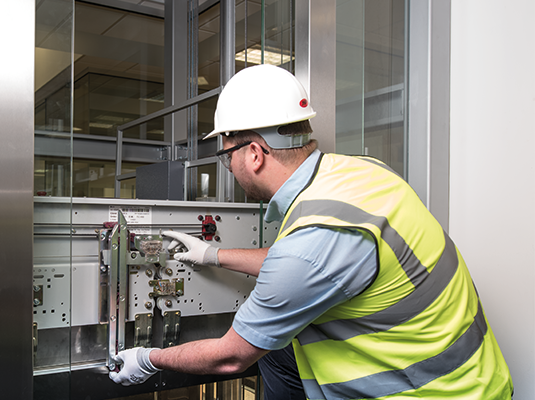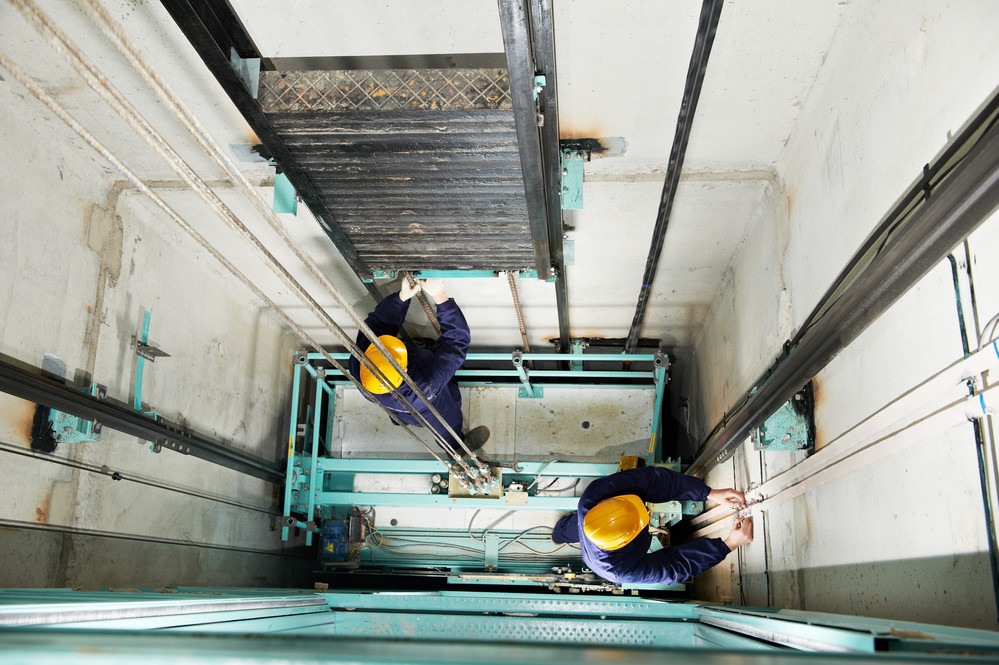Comprehensive Elevator Maintenance-- Maintain Your Elevators Running Smoothly and Safely
Comprehensive Elevator Maintenance-- Maintain Your Elevators Running Smoothly and Safely
Blog Article
Crucial Guide to Comprehending Disabled Platform Lifts and Their Functionality
Understanding the details of disabled system raises goes beyond plain understanding; it requires a thorough understanding of their functionality and design. The rigorous safety guidelines and upkeep considerations connected with platform lifts are critical in guaranteeing their dependability and durability - disabled platform lift.
Kinds Of Disabled Platform Lifts
There are numerous sorts of disabled platform raises created to supply ease of access for people with movement difficulties. Upright system lifts are a popular option as they relocate directly and down, making them ideal for much shorter ranges and where space is limited. These lifts are commonly set up in homes, colleges, and industrial structures to assist mobility device individuals in navigating various levels. Inclined platform lifts, on the various other hand, are suitable for places where an upright lift may not be practical because of architectural constraints. These lifts adhere to the slope of staircases, giving a smooth and risk-free adventure for individuals with movement issues.
One more kind of impaired system lift is the mobile lift, which offers flexibility and comfort. Each kind of disabled platform lift serves an one-of-a-kind purpose in boosting availability and improving the quality of life for individuals with wheelchair difficulties.
Key Components and Systems
Disabled platform lifts, such as upright and likely lifts, count on certain crucial parts and systems to make certain smooth and secure transport for people with flexibility obstacles. One crucial component of these lifts is the system itself, which serves as the structure for moving people - lift service companies. The system is designed to be tough, sizable enough to fit mobility devices or wheelchair devices, and geared up with security attributes such as guardrails and non-slip surfaces to protect against accidents during transportation

Furthermore, safety and security sensing units and emergency situation quit buttons are incorporated into impaired platform raises to enhance customer security and stop crashes. These elements collaborate to develop a reliable and reliable transportation service for people with wheelchair disabilities.
Installation and Upkeep Considerations

Normal maintenance is similarly crucial to keep disabled platform raises running efficiently. By focusing on appropriate setup and persistent upkeep methods, the long life and efficiency of handicapped system lifts can be maximized, benefiting both customers and facility managers.
Safety Features and Regulations
Making sure conformity with safety laws is vital when assessing the effectiveness of safety and security functions in handicapped system lifts. These lifts go through specific safety criteria to safeguard users, making it critical for suppliers and drivers to stick to these laws. Security features typically located in disabled system lifts consist of emergency quit buttons, safety and security obstacles, interlocks, and under-platform sensors. Emergency situation quit switches allow immediate halting of the lift in case of an emergency situation, while safety and security obstacles avoid users from mistakenly diminishing the platform. Interlocks ensure that the lift doors are securely shut prior to the lift runs, improving individual safety and security. Under-platform sensing units detect blockages underneath the lift, preventing it from coming down if an object is in the way. In addition, normal upkeep and examinations elevator maintenance are needed to make certain that security functions are working correctly and in compliance with regulations. By prioritizing safety attributes and sticking to policies, handicapped platform lifts can give risk-free and efficient transport for individuals with impairments.
Advantages of Making Use Of System Lifts
Conformity with security policies and the execution of vital security features in disabled platform lifts add to the total benefits of utilizing these lifts for individuals with impairments. Past security, platform lifts provide a variety of advantages that improve availability and benefit. In general, the convenience, freedom, and inclusivity helped with by platform lifts substantially improve the high quality of life for people with impairments, making them a vital access solution.

Conclusion
In conclusion, handicapped system raises come in numerous types with essential components and mechanisms that allow for secure and reliable operation. The advantages of using platform lifts consist of raised ease of access and self-reliance for individuals with handicaps.
Report this page